Energy labelling of apartment buildings
(ENERLAB)
Start date: Apr 1, 2002,
End date: Oct 1, 2004
PROJECT
FINISHED
Background
One of the most important current environmental issues causing worldwide concern is global warming. This results from growing concentrations of greenhouse gas emissions in the atmosphere. CO2 accounts for approximately 72% of the global man made emissions contributing to the greenhouse effect and CO2 emissions are growing. The significance of this has been internationally acknowledged by the Rio de Janeiro Convention and the Kyoto agreement which oblige all countries to reduce their CO2 emissions by between 8 and 20 percent by 2012 compared with the level of emissions in 1990.
Latvia is required to reduce its CO2 emissions by 8 percent. Many other European countries have higher targets. In Latvia heating and hot water supply consumes at least 35 percent of the stateâs primary energy resources. Estonia and Lithuania have a similar level of energy consumption for heating as Latvia, compared to Finland where it is 23 percent, in Poland and the Czech Republic (approximately 30 percent), in Denmark (28 percent), and in the USA, where it is 33 percent.
Objectives
The scope, aim and objectives of the project:
The overall objective of the âENERLABâ project is to reduce the consumption of energy used for the heating of dwellings and thereby to minimise negative impacts on the environment. This will involve establishing a heat consumption management system for apartment houses in the town of Ogre that will also create energy awareness among the local population and thus promote reduced heat consumption.
Environmental benefits expected:
The project aimed to test a method for energy rating multi-storey buildings. This method was to be used to calculate energy consumption and the energy rating of the buildings over a two year period. The method was to illustrate possibilities for energy saving, indirectly contributing to reduction of greenhouse gas emissions into the atmosphere.
Deliverables:
A method for energy rating multi-storey buildings taking into consideration the number of inhabitants in each building and calculated heated area and outside temperature, and measured volume of consumed hot water and heat.
Project partnership:
The project beneficiaries constitute a collaboration between a heating supply company and Riga Technical University.
Results
The project has successfully demonstrated the application of the method for energy rating multi-storey buildings that was developed by the Riga Technical University. The energy rating was calculated based on data including number of inhabitants in each building and calculated heated area and outside temperature, and measured volume of consumed hot water and heat.
139 multi-storey buildings in the town of Ogre, Latvia were energy-rated for a two year period. Each year, the project produced energy labels showing the energy consumption category of the building. Six categories are used for energy rating of buildings, where A is the worst and F is the best category. The majority of buildings are rated C and D â average levels of heat consumption.
The project produced the energy labels each year and placed them on the buildings to demonstrate the energy rating and inform inhabitants. In addition all households received a bulletin explaining the results of energy labelling.
In addition the energy passport was produced for each building where all results and details are recorded for further verification.
The project found that, although its second year (2003-2004) was around 10 percent warmer than the first, mean annual specific heat consumption for space heating reduced by a little over 20 percent, suggesting that the processes of labelling buildings and informing inhabitants had resulted in greater awareness and reduction in heating consumption.
This project has been selected as one of the 24 "Best" LIFE Environment projects in 2004-2005


